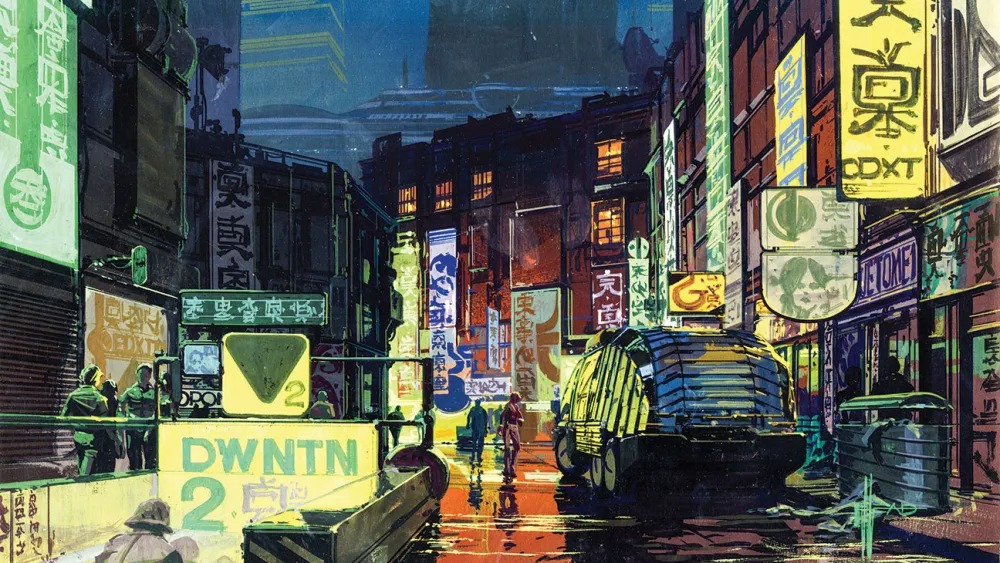L.A. Museums Bring Sci-Fi to Life with Art and Technology
A fter all, while the tech moguls dream on of a shiny AI-driven future à la Her and the alarmists warn of the dystopia that's Terminator, Hollywood, lo these many years, remains our main destination for help in guessing what's going to happen. It unleashed this collision of science and art for PST Art: Art & Science Collide, the next iteration of the sprawling arts program previously known as Pacific Standard Time, which launched in 2011. Financed by over $20 million in grants from the Getty Foundation, this program launches September 15 and runs through 70 museums and cultural institutions around Los Angeles and Southern California. The events feature approximately 800 artists with works on topics as diverse as sustainable agriculture, biotechnology, and ancient cosmologies and AI, qualifying it to be the largest event of its kind in the U.S.
"We really focused our theme on the intersection of art and science—particularly technology—because of the unique place Southern California occupies in scientific innovation and the quality of its institutions," says Joan Weinstein, director of the Getty Foundation.
Two notable shows this year intriguingly relate to science fiction, where art and entertainment intersect with technology. One is the Cyberpunk: Envisioning Possible Futures Through Cinema series at the Academy Museum, which features a two-part sci-fi anthology showcasing films that explore the darker aspects of the cyberpunk subgenre. Running from October 6 to April 12, 2026, the exhibition includes classics like Blade Runner (1982), Tron (1982), Akira (1988), and The Matrix (1999). Curator Doris Berger explains, "Cyberpunk foresees our future on Earth rather than in galaxies far, far away and often depicts dystopian conditions in which high technology complicates human life."
Meanwhile, the UCLA Film and Television Archive hosts Science Fiction Against the Margins, a film series from October 4 through December 14. This collection defies traditional Hollywood sci-fi narratives, focusing instead on indie and international filmmakers who challenge mainstream perspectives. The series will feature discussions with filmmakers, critics, and scholars about films ranging from A Trip to the Moon (1902) to The Sticky Fingers of Time (1997). They will explore how these films can highlight issues of race and sexuality while reframing alien stories as metaphors for colonialism.
Interestingly, seven of the ten highest-grossing films are sci-fi, yet their visions of the future are not always honest or representative. Neptune Frost, a Rwandan-American sci-fi musical about a coltan miner and an intersex hacker, will screen at both the Academy Museum and UCLA. Praised as "the future of Black cinema" by The Hollywood Reporter, the film offers an Afrofuturist perspective on our relationship with technology, addressing questions often overlooked by mainstream sci-fi. As Africa's population and influence grow, these alternative visions may prove more insightful than Hollywood's grand spectacles.
This convergence of art and technology, viewed through complex lenses, is championed by art ambassador Ahmed Best. Best, often remembered as the misunderstood Jar Jar Binks from the Star Wars prequels, is cofounder of the AfroRithm Futures Group, an Afrofuturist collective. He describes PST Art as a celebration of innovation, emphasizing collaboration between artists and scientists in exploring and discovering new worlds. Unlike Star Wars, PST seeks to revolutionize the application of art and science in a new order.











